Forecast International recently released its latest white paper, The World Rotorcraft Market 2019-2028.
The firm say that with an eye toward the future, product innovation is the order of the day at the world’s rotorcraft manufacturers.
“Civil rotorcraft production is continuing its modest upward climb, though the improvement in demand is very uneven across the various sectors that make up the market.
Military rotorcraft production, having declined in recent years, may experience a resurgence over the next year or two. But the longer-term trend in the military market will be gradual decline until at least the early 2030s, when full-scale production gets underway of rotorcraft for the Pentagon’s Future Vertical Lift (FVL) program and similar requirements.”
“The rotorcraft market is currently witnessing an influx of innovation, thanks to the military FVL program, new eVTOL concepts for on-demand air transport, and other projects aimed at providing new vertical flight solutions,” said Forecast International senior aerospace analyst Ray Jaworowski.
“These efforts are setting the stage for what could be major transformations in the military and civil markets.”
The paper is excerpted from Forecast International’s Rotorcraft Forecast, which provides complete coverage of the worldwide civil and military rotorcraft markets, ranging from two-seat pistons such as the Robinson R22 up to giant turbine helicopters such as the Mil Mi-26. Also included is coverage of tiltrotor aircraft such as the Leonardo AW609 and Bell/Boeing V-22 Osprey.
For full details, the World Rotorcraft Market white paper can be found here:
https://www.forecastinternational.com/signup_rotorcraft.cfm


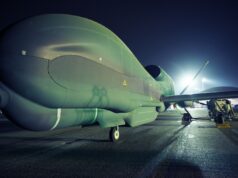

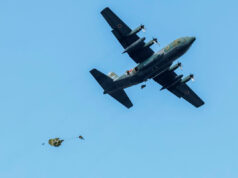


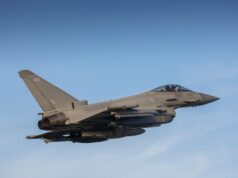

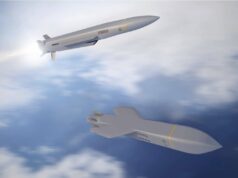
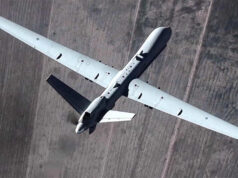
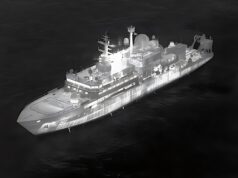

Hmm ok.
Seems to be a twofold reason to me, why its declining.
1) Cost. I’m sure the MoD would love to have a few dozen more Apaches, Wildcats, Merlins and Chinooks, but they all cost a bomb.
2) Other countries such as Germany, who rarely send troops out on operations, have little need of many helicopters as if he soldiers are not active then there isn’t much requirement.
Germany are buying quite a few new helicopters. For starters they are replacing the naval Sea Kings and Lynx with NH90s. They are are holding a competition to replace their current fleet of CH-53s. The Chinook and new Super Stallion have been selected for the competition.
They are, because the existing frames are no longer sustainable.
They have the oldest fleet of any major NATO partner.
Age = cost
There’s very little talk about one key area and that is the US Army’s requirement for a new heavy lift replacement. The US Army have halted the purchase of new build Chinook Model F Block IIs. They are trying to get Congress to cancel the order, so they reallocate funding for the Chinook replacement program.
The medium lift Blackhawk replacement competition has leapt forward. The Bell V-280 Valor has surpassed the US Army’s speed requirement of 280Kns in forward flight. The Boeing/Sikorsky Defiant is making steady progress, but has yet to reach it designed top speed.
Niether of these competitors have released any information on their designs for future heavy lift, which is a bit strange, especially as the US Army is pushing for it.
It will be interesting to see how FVL informs the UK’s future rotary wing strategy, if at all. If the US develops successful, affordable light and medium solutions for scout and utility then these might be candidates for UK use, with a significant uplift in capability.
A light scout version might be a replacement for Wildcat, enabling the Army’s Wildcats to be transferred to the RN to beef up their numbers. An increase in RN Wildcat numbers might align well with more ship platforms that support helicopter operations, such as the MCMV replacement.
A medium lift utility version might replace the RAF’s Puma’s currently scheduled to go out of service in 2025 and re-establish what was the RAF’s Merlin capability. A single air-frame should be able to do both. Its not inconceivable that the same platform could start to either replace RN Merlin air-frames or free them up to be converted to HM2 capability.
The UK’s attack and heavy vertical lift seem to be set with Apache and Chinook well into the 2030’s and probably beyond, which seems to a line up with where the US FVL program is for these solutions.
The problem we face is that the Puma II was wrong decision. Leonardo produce the AW159 and there’s the NH90. The Blackhawk is an OK aircraft but even that is over 30 years old now. Of the two European contenders the Leonardo aircraft hasn’t sold as well as the NH90. The NH90 is developing in to a fine aircraft. However, it is still yesterdays technology, It maxes out at only just faster than the 40 year Puma at 160kn. The main advantage over the Puma is that it can be used on ships, whereas the Puma will fall over in sea state greater than 2.
For medium lift I think we need to take a good look at the US program. The Valour in particular will always be faster than the Defiant. For complexity they are about on par. If we bought one of these aircraft it would have issues on how we operate as they can both operate over a 100kn faster than either a Chinook or Apache.
I suspect the Puma decision was driven by both cost mitigation and also wait-and-see regarding what develops because as you point out other alternatives were just newer but not necessarily significantly better. If we go down the FVL platform approach then both we and the US will have the problems with the slower Apache and Chinook but we have to start somewhere and we can at least fly FVL slower when they have to operate together.